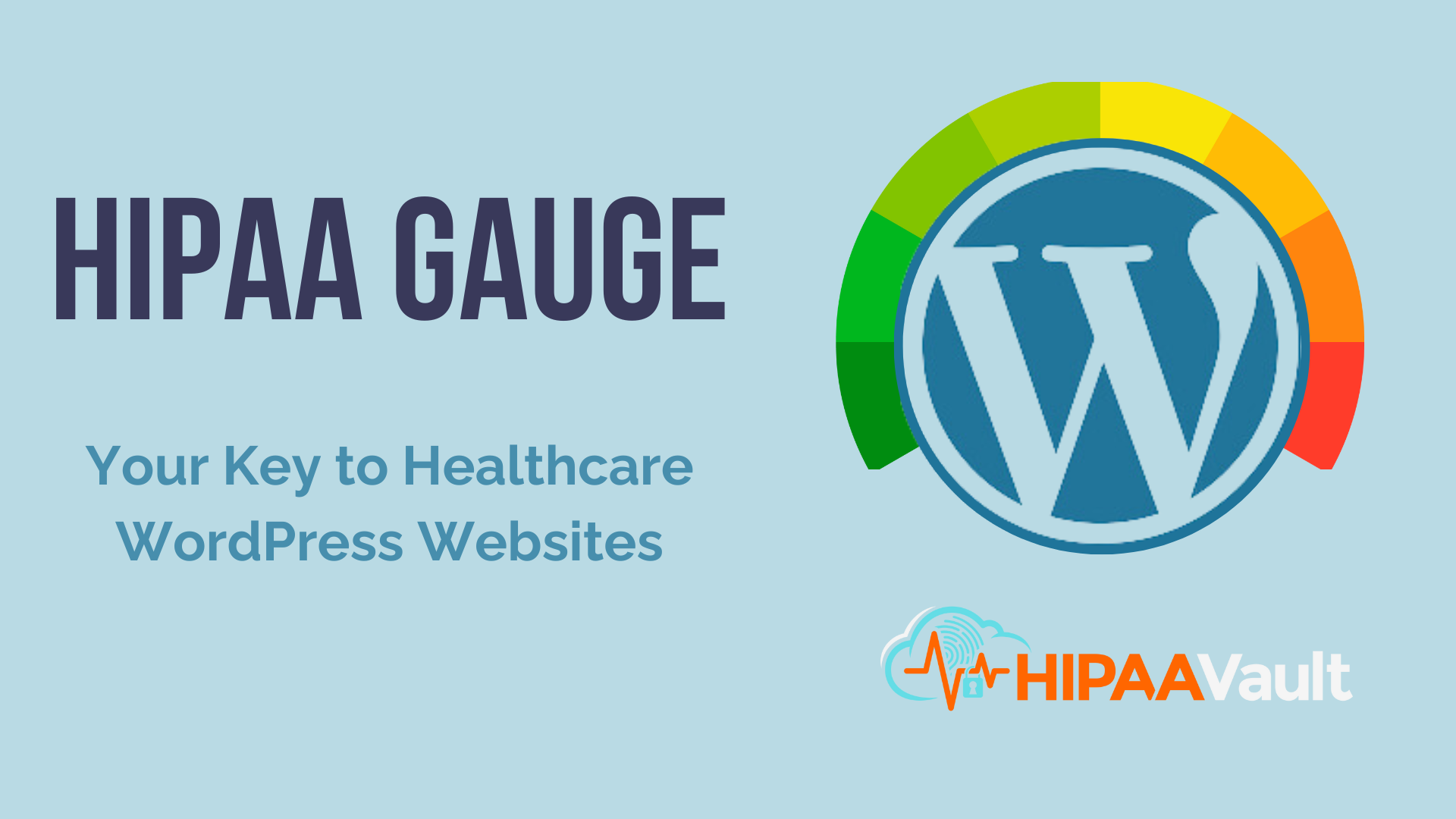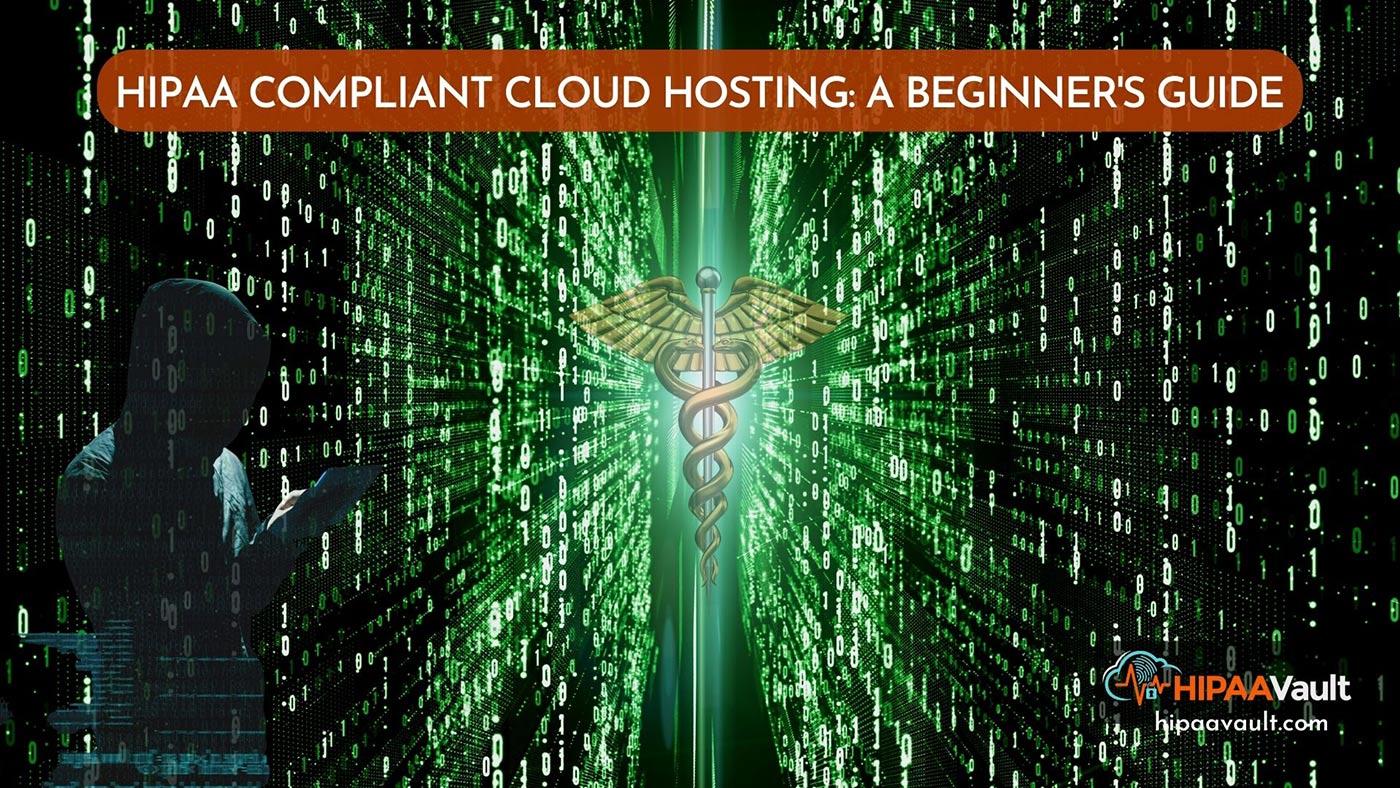
HIPAA Gauge: Your Key to Healthcare WordPress Websites
WordPress HIPAA compliance is more critical now than ever. With WordPress powering 43.2% of all websites on the internet, it has become a prime target for cybercriminals. This widespread use, combined with the sensitive nature of healthcare data, makes WordPress security a top priority for healthcare providers. Introducing HIPAA Gauge: Your WordPress Security Checkup Tool... Continue reading
Why HIPAA Compliance is Becoming More Challenging…
and What You Can Do About It “Never let a good crisis go to waste.” Whoever said it first (possibly Churchill, though it’s debated) understood a deeper truth about life’s challenges, often missed in easier times: storms and suffering tend to shake us out of our complacency, refining us for better things. Case in point:... Continue reading
HIPAA Compliant Cloud Hosting: A Beginner’s Guide…
… to life outside the Matrix I know why you’re here, Neo. I know what you’ve been doing. I know why you hardly sleep, why you live alone, and why night after night, you sit at your computer. You’re looking for him… It’s the question that drives us, Neo. It’s the question that brought you... Continue reading
HIPAA, HIPPA, or HIPPO?
6 Benefits (of More than Correct Spelling) for HIPAA Compliant Hosting by Stephen Trout It’s only 5 letters, but you misspelled it anyway. How many words sound like HIPAA, after all? One, mainly: hippopotamus. (Or maybe hippocampus for you brainy types). Then again, new physicians might resonate with Hippocratic, since it’s the traditional oath taken... Continue reading

